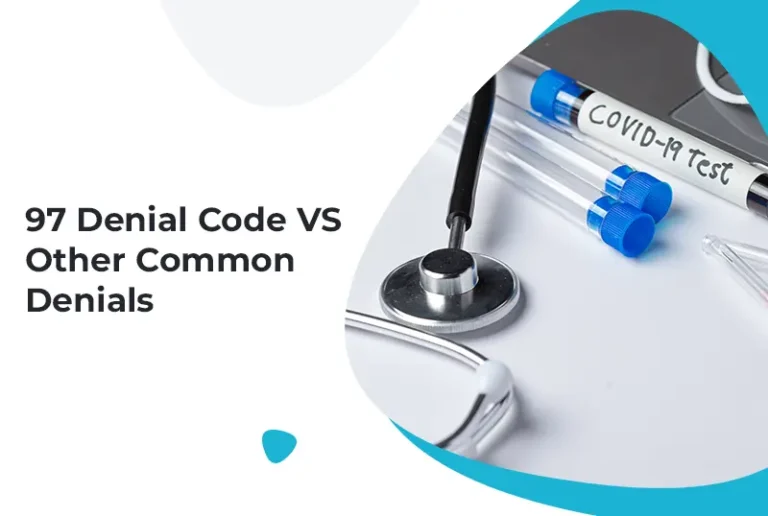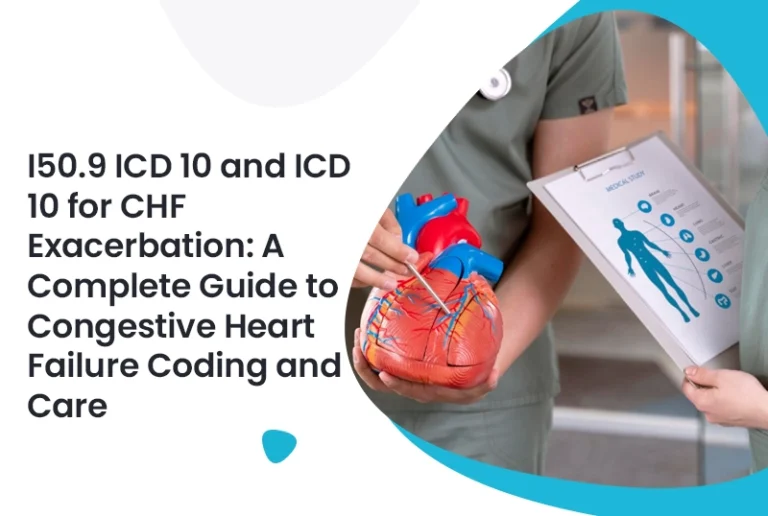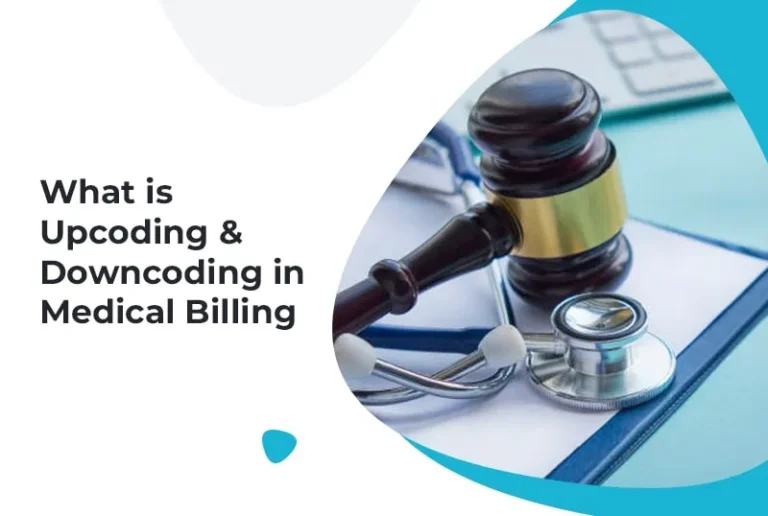Coronary artery disease (CAD) remains one of the leading causes of morbidity and mortality worldwide. Proper documentation and coding of this condition using the coronary artery disease ICD 10 codes are crucial for healthcare providers, medical billers, and coders. Accurate coding ensures not only compliance with insurance guidelines but also enhances the quality of patient care by clearly communicating diagnosis details.
For small medical practices, maintaining accurate coding can be challenging, especially with the complexities involved in CAD documentation. This is where medical billing services for small practices become invaluable, offering expertise in ICD-10 coding to optimize revenue and reduce claim denials.
Understanding Coronary Artery Disease and Its ICD-10 Coding
Coronary artery disease occurs when plaque builds up inside the coronary arteries, causing a narrowing or blockage that reduces blood flow to the heart muscle. This ischemia can lead to symptoms such as chest pain (angina), shortness of breath, and, in severe cases, heart attacks (myocardial infarctions).
The coronary artery disease ICD 10 codes classify these clinical presentations under a standardized system, enabling clear communication across healthcare settings and insurance providers. These codes fall under the ICD-10 category I25 – Chronic ischemic heart disease and cover a range of manifestations of CAD including angina pectoris, prior myocardial infarction, ischemic cardiomyopathy, and silent ischemia.
Accurate use of these codes helps ensure that the severity and specifics of a patient’s condition are properly documented, supporting clinical care decisions and appropriate billing practices.
Want more information? Read here: Billing for Low Back Pain (M54.59): ICD-10 Tips for Medical Billers
Important Coronary Artery Disease ICD 10 Codes
The ICD-10 system allows for detailed coding of CAD. Here are some of the primary coronary artery disease ICD 10 codes frequently used in clinical and billing documentation:
- I25.10: Atherosclerotic heart disease of native coronary artery without angina pectoris
- I25.110: Atherosclerotic heart disease of native coronary artery with unstable angina pectoris
- I25.119: Atherosclerotic heart disease of native coronary artery with unspecified angina pectoris
- I25.2: Old myocardial infarction
- I25.5: Ischemic cardiomyopathy
- I25.6: Silent myocardial ischemia
Choosing the correct code depends heavily on the clinical documentation. For example, distinguishing between unstable and stable angina requires detailed patient notes. Medical coders trained in medical billing and coding play a key role in translating clinical information into the correct ICD-10 codes.
The Role of Accurate ICD-10 Coding in Patient Care and Reimbursement
Using the correct coronary artery disease ICD 10 codes has multiple benefits:
- Ensures Precise Patient Records: Proper coding captures the patient’s exact condition and treatment history, which supports quality care and clinical decision-making.
- Facilitates Insurance Reimbursement: Insurers require accurate codes to process claims. Mistakes can lead to claim denials or delayed payments, impacting practice revenue.
- Supports Research and Public Health Tracking: Coding contributes to large-scale health data, helping track disease prevalence and treatment outcomes.
Healthcare providers benefit from employing professional credential services that include certified coders who keep up to date with ICD-10 guidelines and payer requirements to avoid errors and maximize reimbursement.
Challenges in Coding Coronary Artery Disease
Coding CAD accurately presents challenges for coders and providers, such as:
- Complex Clinical Presentations: Patients may have multiple cardiac issues simultaneously, requiring precise differentiation.
- Distinguishing Between Historical and Current Diagnoses: For example, coding a past myocardial infarction vs. ongoing ischemia requires clarity in documentation.
- Coding Post-Surgical Status: Patients with coronary artery bypass grafts (CABG) or stents require additional codes to document these interventions properly.
- Variability in Documentation Quality: Incomplete or vague clinical notes can make assigning the correct ICD-10 code difficult.
Overcoming these challenges demands continuous training and a strong collaboration between healthcare providers and coders to improve documentation practices.
Best Practices for Accurate Coronary Artery Disease ICD 10 Coding
To ensure precise and compliant coding of CAD, healthcare providers and coders should follow these guidelines:
- Comprehensive Documentation: Clinicians should include detailed descriptions of the CAD diagnosis, symptoms (such as angina type), and any prior cardiac events.
- Stay Current with ICD-10 Updates: Regularly review coding guidelines and payer policies, as ICD-10 codes can be revised or clarified.
- Use Coding Software and Tools: Many electronic health record (EHR) systems provide prompts or coding suggestions based on documentation to minimize errors.
- Train Staff Regularly: Ongoing education for clinical and billing teams improves awareness of coding nuances.
- Leverage Expert Medical Billing Services: Especially for small or busy practices, outsourcing to medical billing services for small practices ensures professional handling of complex CAD coding and billing.
How Professional Credential Services Enhance Coding Accuracy
Engaging professional credential services can significantly benefit healthcare practices. These services provide certified coding professionals who are experts in medical terminology, ICD-10 guidelines, and payer requirements. They:
- Audit clinical documentation for accuracy
- Train providers and coders on best practices
- Update practices on new coding changes
- Help reduce claim denials and improve revenue flow
Investing in these services safeguards compliance and streamlines billing, particularly for complex diseases like coronary artery disease.
Impact of Coronary Artery Disease ICD 10 Coding on Small Practices
Small medical practices often face unique challenges, including limited staff and resources to manage the intricacies of ICD-10 coding. Incorporating specialized medical billing and coding teams helps to:
- Reduce administrative burden on clinicians
- Improve accuracy of claims submissions
- Ensure timely reimbursement, critical for cash flow
- Allow providers to focus on patient care
With the rise in CAD prevalence, ensuring that every diagnosis is correctly coded has never been more important for financial and clinical outcomes.
Summary
Accurate documentation and coding of coronary artery disease using the coronary artery disease ICD 10 codes are essential for effective patient care, proper insurance reimbursement, and compliance with healthcare regulations. The complexity of CAD presentations demands detailed clinical notes and expert coding knowledge.
Whether through employing in-house coders, leveraging professional credential services, or utilizing medical billing services for small practices, healthcare providers can improve the accuracy and efficiency of their billing cycles. This not only ensures proper reimbursement but also supports better health data tracking and patient outcomes.
Frequently Asked Questions (FAQs)
Q1: What is the main ICD-10 code for coronary artery disease?
The primary code category is I25, which includes various subcodes for different CAD presentations such as angina and old myocardial infarction.
Q2: How does ICD-10 coding affect coronary artery disease treatment?
Accurate ICD-10 coding ensures proper documentation, which guides treatment decisions and helps insurers approve appropriate care.
Q3: Can CAD coding include prior heart surgeries?
Yes, coding for post-surgical status like CABG or stents is essential and must be documented correctly in conjunction with CAD codes.
Q4: What are the common mistakes in coronary artery disease ICD 10 coding?
Errors often occur due to unclear documentation, confusing historical vs. current diagnoses, and failing to specify angina type.
Q5: How can small practices improve coronary artery disease coding?
They can partner with medical billing services for small practices or use professional credential services to ensure accurate and compliant coding.







